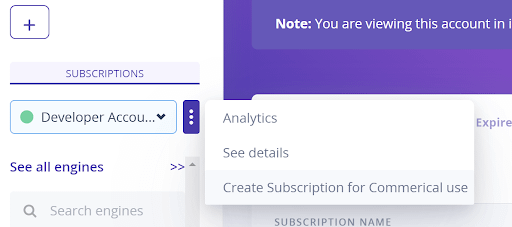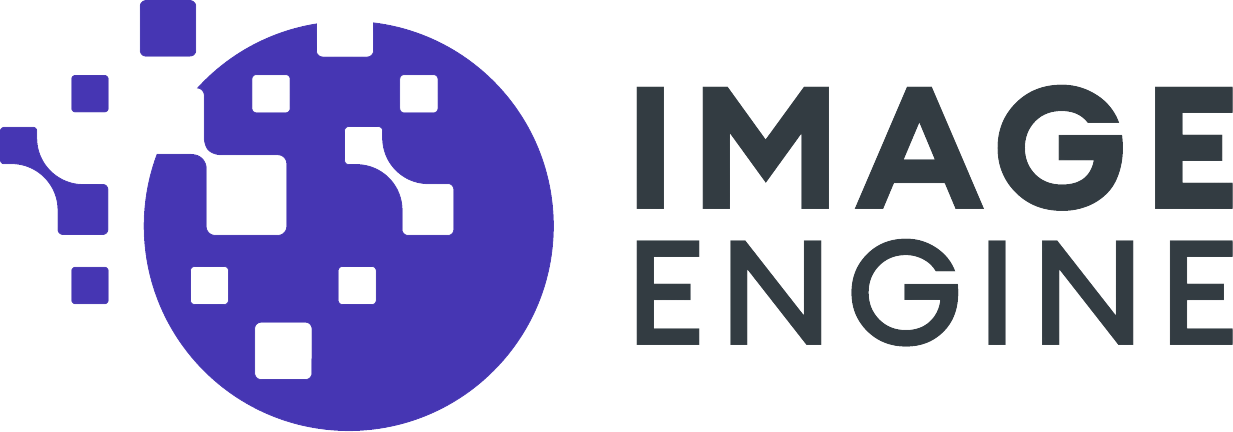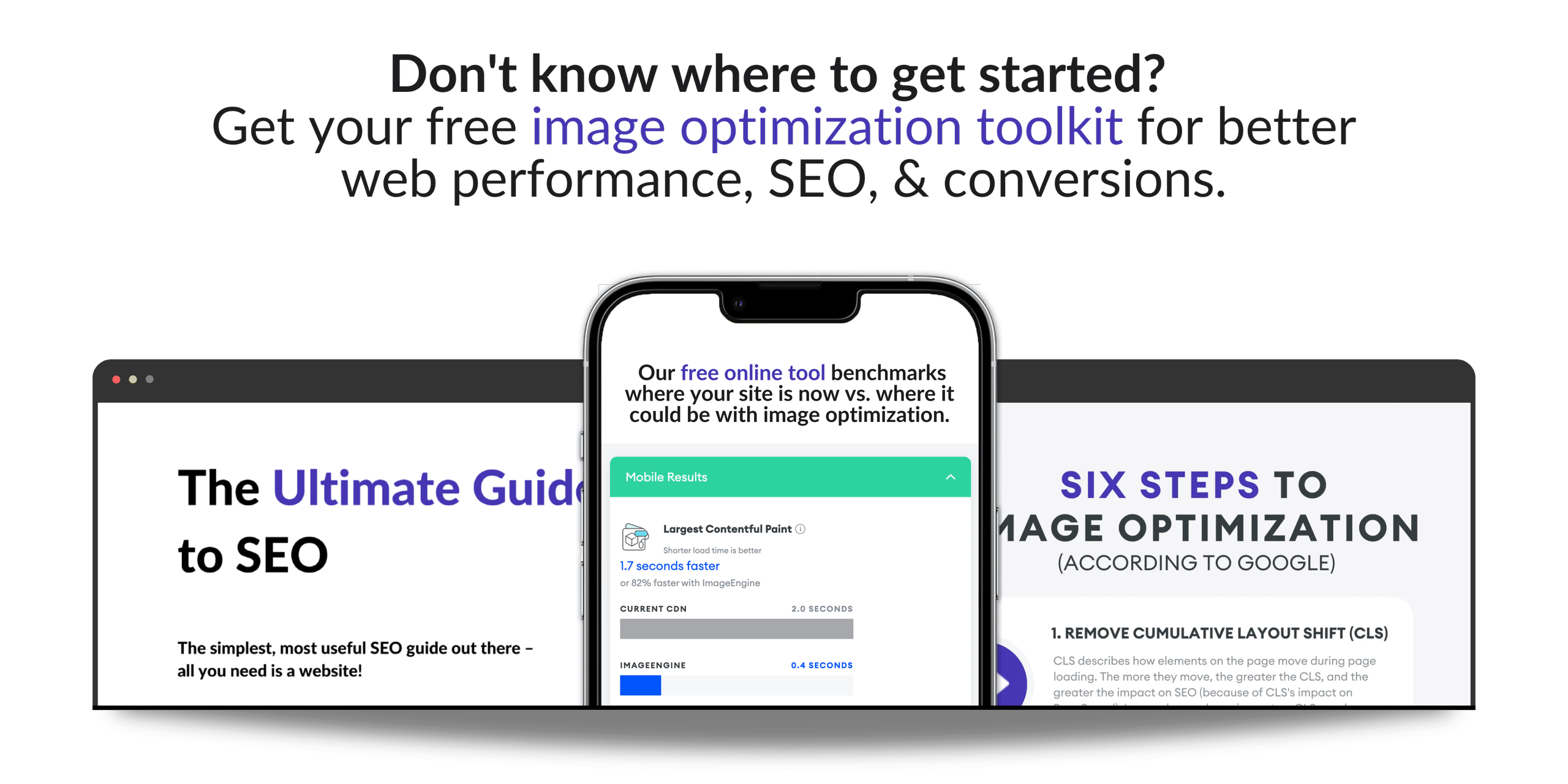FAQ
General Questions
An image origin is a place where the original image is stored. ImageEngine must be connected to the image origin in order to access the image which is to be optimized. ImageEngine will hold a copy of the original image fetched from the image origin. This way, your image origin is shielded from unnecessary traffic.
ImageEngine, as an image CDN, focuses on optimizing web pages by serving the smallest possible image with the least quality loss possible. The largest image we will serve is the original image stored in the origin server. We do not provide the ability to scale up images.
Yes. ImageEngine can be used in any context where images are delivered over HTTP(S). Read more about ImageEngine and native apps.
The visual quality - the quality your users see with their bare eyes - is not noticeably degraded. We monitor the visual quality loss programmatically by using the SSIM metric.
This is a feature currently offered only to our higher-tier users. You can learn how to point your DNS to ImageEngine here. If you are interested in adding this feature to your plan, please contact our Customer Success Team.
Yes, if your plan supports it, you can use any CDN in front of ImageEngine. Read more here.
Yes, be sure to check your CDN’s settings, restrictions, and WAF to ensure that ImageEngine is not blocked from fetching images. Generally, it is possible as long as your existing CDN uses stable URLs for images.
Depending on your plan, the cache can be purged using our API and inside the control panel. Using a “cache buster” on your image URLs is generally recommended to be less dependent on cache purging: “image.jpg?v=1”. Increment the ?v=n to force ImageEngine to fetch a new version of the image from the origin.
No. You can decide which images are to be served through ImageEngine. All images referred to with the delivery address will be served with ImageEngine. If desired, you may also choose to serve images directly from the origin or other locations.
If you’re using one of our CMS plugins all images on the site will be served with ImageEngine by default. The plugins offer functionality to exclude certain images.
Yes. By default, when serving these types of content, we will compress non-image files as Brotli files if the browser supports them. Be aware that large files such as PDFs may quickly use up your monthly usage limits and should likely not be served through ImageEngine.
Directives (URL-based Image Transformations)
Directives are parameters that can be added to the query string to instruct ImageEngine how to optimize an image. Directives may be used to explicitly change the width, height, compression, format, etc.
Please see this article for a list of directives and usage instructions:
IE Infrastructure
The user-agent of ImageEngine is `ImageEngine/1.0`.
As the ImageEngine hardware system continuously scales up and down, the ImageEngine servers do not have fixed IP addresses. It is not recommended to use IP addresses in your firewall or WAF as a means to whitelist ImageEngine.
ImageEngine scales with the Amazon network by default. Additionally, we also have Points of Presence outside of the Amazon network. The number of PoPs will vary over time as global traffic patterns change.
The number of PoPs available may depend on the plan. Higher plans may have better global coverage.
When using the free Developer Program service, deployment will occur on fewer PoPs, potentially leading to a slower time to first byte (TTFB). This is not present in the paid tiers.
You may use any other CDN to serve your website with ImageEngine serving the images. It is not recommended to place a CDN in front of ImageEngine simply because most CDNs are not able to cache the large number of image variants produced by ImageEngine.
Developer Program
When your subscription exceeds the monthly limit of 10 GB, ImageEngine will stop serving images and return an HTTP 429 status code. This means that no images will be displayed on your website. The quota will be reset at the beginning of the next month, allowing another 10GB of traffic.
The free Developer Program can only be used on non-commercial and personal websites. If you need a commercial subscription, you can add one to your user account in the control panel.
You can add a dedicated subscription to your user account for commercial use. This subscription is in one of the commercial plans and includes the respective features. You keep your Developer Program subscription for personal use. You can create a new subscription by clicking on the meatballs icon next to your subscription. Any new subscription added will appear in this drop-down menu for easy switching.

In a nutshell, no. While signing up with a company email address is a good idea, creating a new account is not required, as you can add paid subscriptions to your existing account regardless of it being created to access the developer tier originally.
IE Integration with CMSs, Tools, and Frameworks
ImageEngine offers plugins for Wordpress, Shopware, Magento and Prestashop. For other CMSs and e-commerce platforms, changes to the template system may be required. This process is well documented. Even if your particular tech stack is not documented, the process is similar regardless of technology, and it is possible to derive the process from other documentation.
For headless CMSs and other JAM-stack-like architectures, React, Angular and Vue are common frontend frameworks to consume the APIs. Our Gatsby module has built-in support for popular headless CMSs like Sanity.IO and Contentful.

